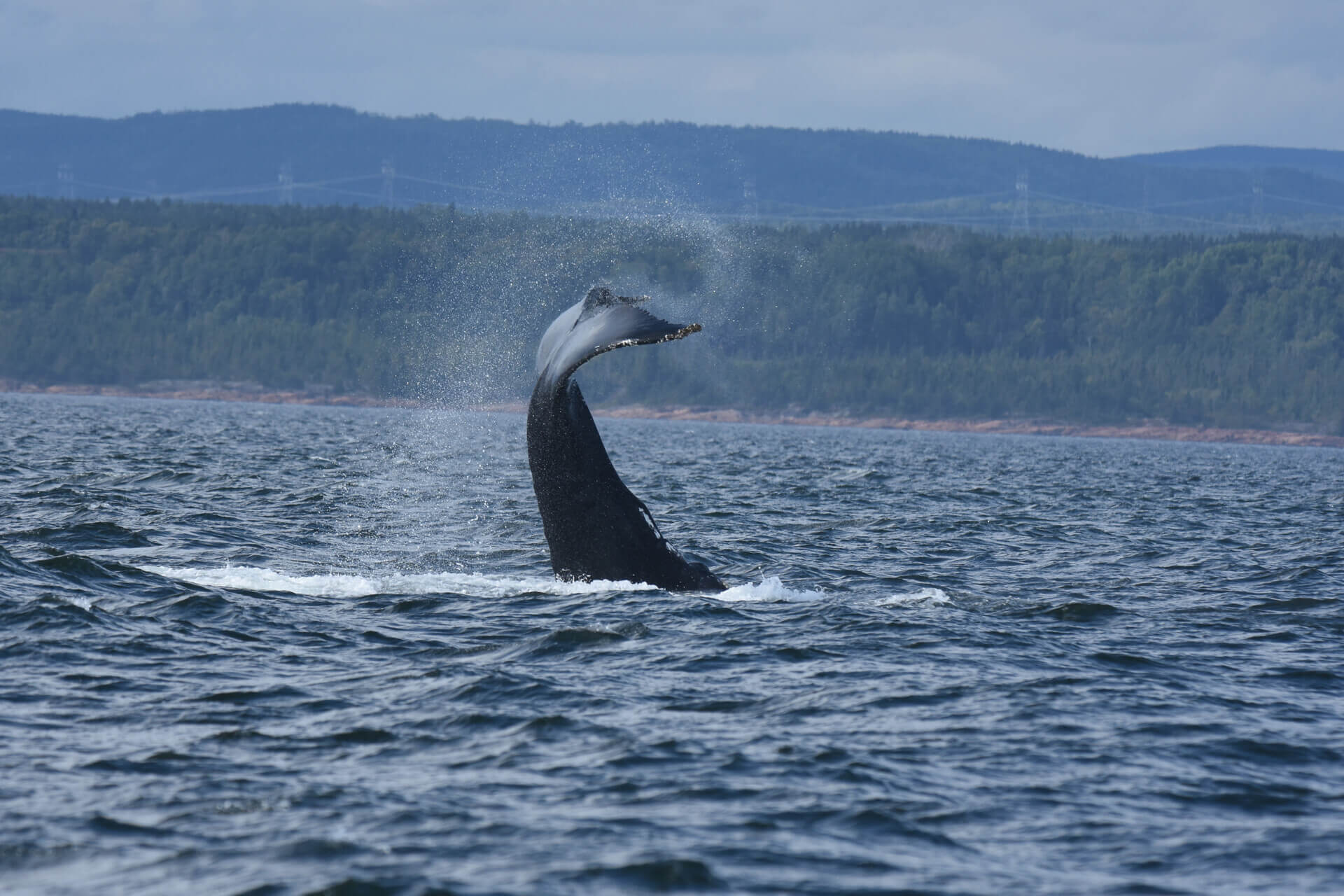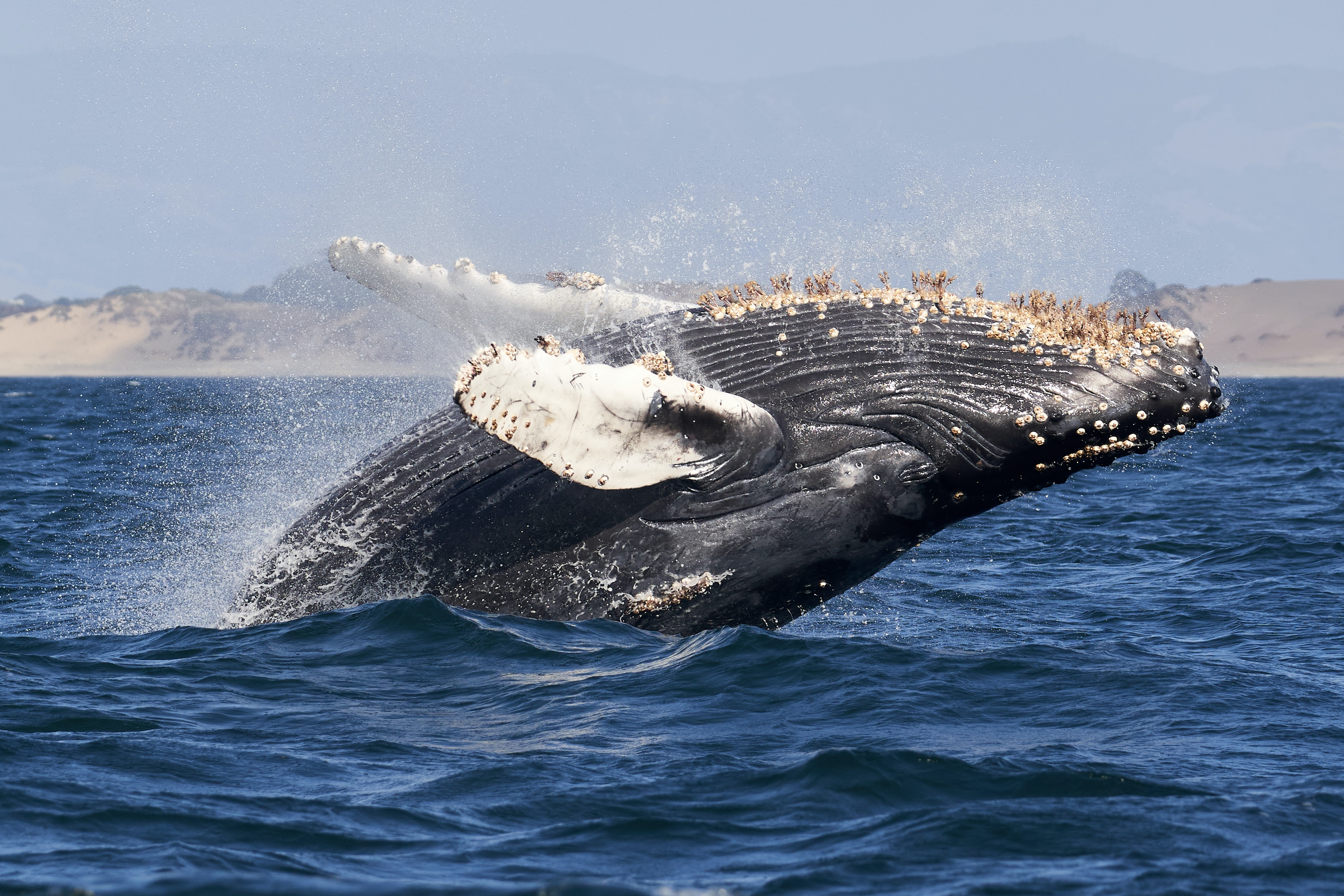By Stéphanie Tremblay
Anyone can recognize a cat in heat, but what about a whale? With the human eye, this is highly unlikely. But how does her male counterpart know that the female is ready to breed? How do females drop the hint… under water? No easy task without clear signs like the bloody discharge observable in dogs, or in an aqueous environment where odours are not so easily transmitted.
“Estrus” is the period during which the female is fertile. When the male and the female are available for breeding, we refer to the “rut”. Unfortunately, few studies offer precise answers regarding the period of fertility in marine mammals, especially cetaceans. Nevertheless, some observations have been made.
To date, only one comprehensive behavioural study of female cetaceans in estrus has ever been published. This study was conducted on captive spinner dolphins and demonstrated that females modify their behaviour when in heat. The conclusion is the following: of all the possible behaviours in this species, only one is exhibited when the female becomes available, i.e. the touching of her rostrum to the male’s genitals. In other words, the female inserts her snout into the male’s genital slit to let him know that she is ready to mate.
Some cetaceans such as the bottlenose dolphin will do a little scouting, that is, they will sniff the female’s genitalia to check whether or not she has entered her period of fertilization. To maximize their chances, males will get ready by remaining close to females, even if the latter are not ovulating, according to observations made by Richard Connor.
Other social behaviours related to sexual availability have also been observed. With regard to right whales, the Encyclopedia of Marine Mammals explains that females sometimes use signals to keep unwanted males away, such as moving into shallow waters or making mating impossible by raising their tails. In humpbacks, future mothers are believed to select males based on their song or challenge them in a hunt. May the best bull win!
In any case, it cannot be said that all female marine mammals change their behaviour when they are in heat. Why is this? Given that it is difficult to make observations in such a vast environment, under water no less, studies have yet to tackle this issue. Moreover, not all species have the same reproductive habits, so the only way to know their reality is to observe each species individually.
To know more
- (2009) Perrin, W.F., B. Würsig and J.G.M. Thewissen. Encyclopedia of Marine Mammals. Academic Press : 395.
- (1984) Wells, R.S. Reproductive behavior and hormonal correlates in Hawaiian spinner dolphins, Stenella longirostris : 465-472 In: (1984) Perrin, W.F., R.L. Brownell, Jr. and D.P. DeMaster (eds), Reproduction on Whales, Dolphins, and Porpoises. Cambridge: Reports of the International Whaling Commission, Special Issue 6, 495 pp.
- (2017) Downer, Ann. The Animal Mating Game: The Wacky, Weird World of Sex in the Animal Kingdom, Minneapolis, Twenty-First Century Books : 25-27.







